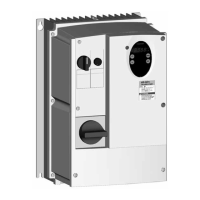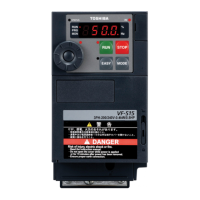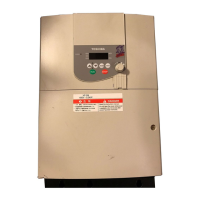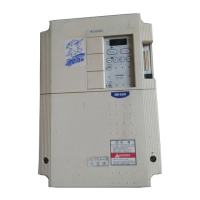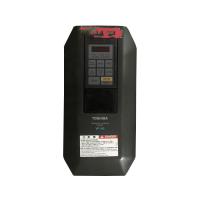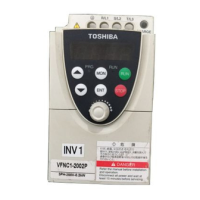E6582175
F-22
6
1) Simultaneous setting of vector control and auto-tuning (f400=2)
Set the basic parameter (Torque boost setting macro function) to
Refer to section 6.1.5 for details.
2) Automatic setting
Set the extended parameter (auto-tuning) to . Refer to section 6.25 selection 2 for details.
3) Manual setting
Set each motor constant. Refer to section 6.25 selection 4 for details.
5) Energy-saving
Setting of V/F control mode selection to (Energy-saving)
Energy can be saved in all speed areas by detecting load current and flowing the optimum current that fits
the load.
If the motor you are using is a 4P Toshiba standard motor which has the same capacity as the inverter, there
is basically no need to set the motor constant. There are three setting methods as mentioned below. In any
method, set the following parameters according to the motor’s name plate.
(Base frequency 1), (Base frequency voltage 1), (Motor rated capacity), (Motor
rated current), (Motor rated speed)
1) Simultaneous setting of energy-saving and auto-tuning (f400=2)
Set the basic parameter (Torque boost setting macro function) to
Refer to section 6.1.5 for details.
2) Automatic setting
Set the extended parameter (auto-tuning) to . Refer to section 6.25 selection 2 for details.
3) Manual setting
Set each motor constant. Refer to section 6. 25 selection 4 for details.
6) Achieving further energy savings
Setting of V/F control mode selection to (Dynamic energy-saving)
More substantial energy savings than those provided by setting to can be achieved in any speed
range by keeping track of the load current and passing a current appropriate to the load. The inverter cannot
respond to rapid load fluctuations, so that this feature should be used only for loads, such as fans and pumps,
that are free of violent load fluctuations.
● Motor constant must be set
If the motor you are using is a 4P Toshiba standard motor which has the same capacity as the inverter, there
is basically no need to set the motor constant. There are two setting methods as mentioned below. In any
method, set the following parameters according to the motor’s name plate.
(Base frequency 1), (Base frequency voltage 1), (Motor rated capacity), (Motor
rated current), (Motor rated speed)
1) Automatic setting
Set the extended parameter (auto-tuning) to . Refer to section 6.25 selection 2 for details.
2) Manual setting
Set each motor constant. Refer to section 6.25 selection 4 for details.
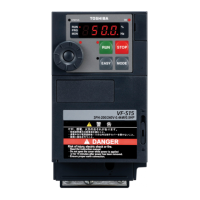
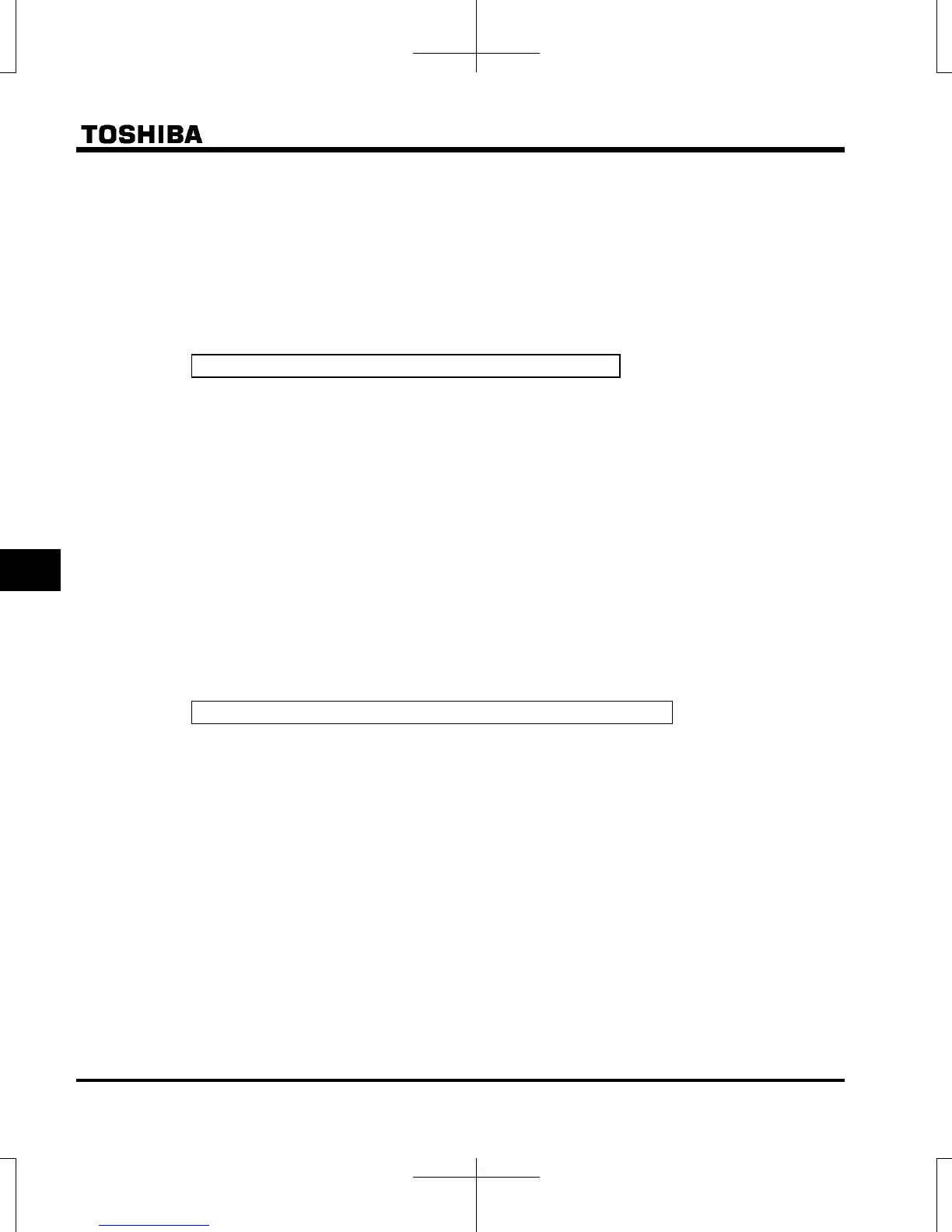